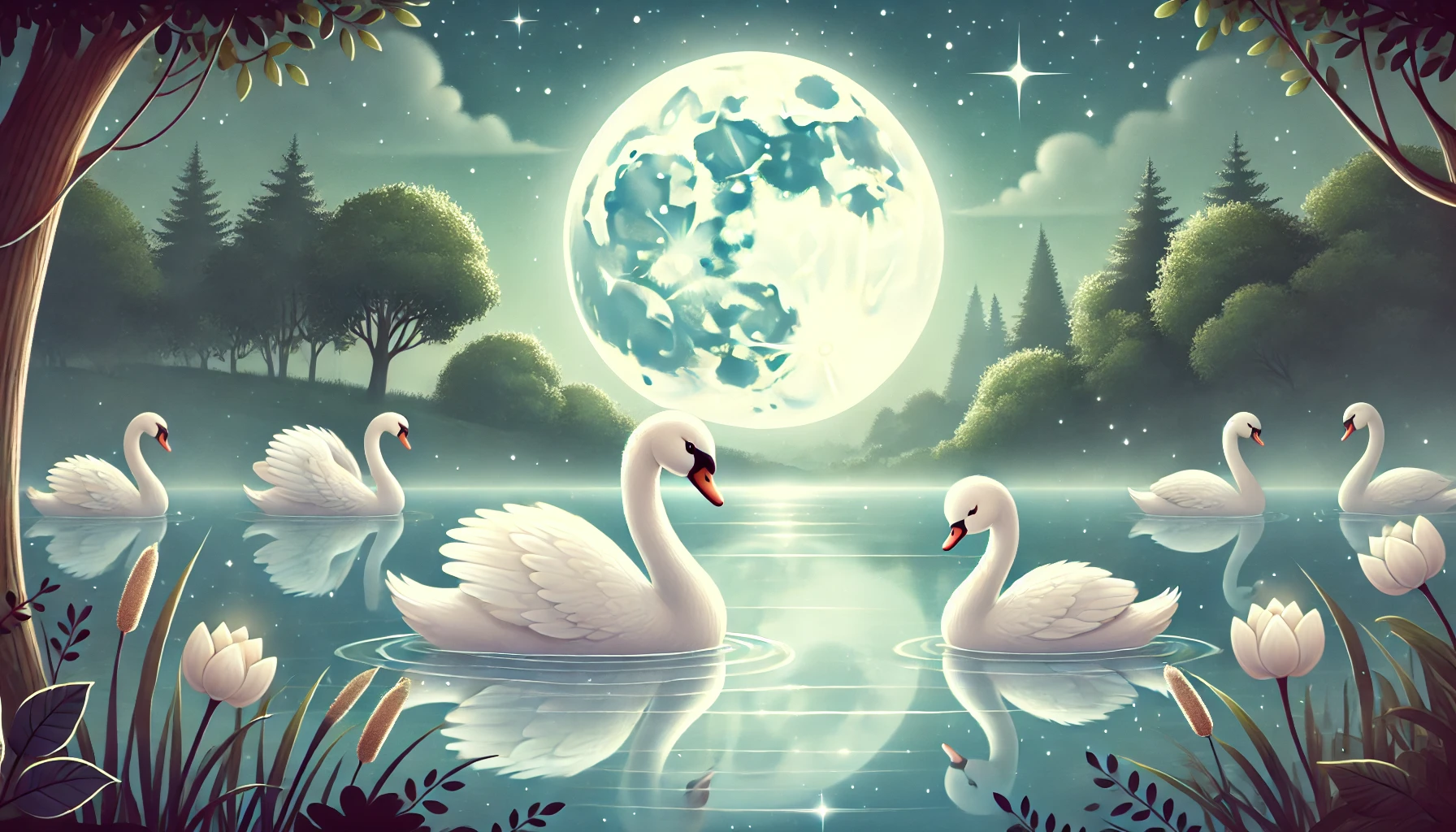Interesting Facts About Swans and Their Behavior
Interesting Facts About Swans and Their Behavior
Table of Contents:
- Introduction to Swans and Their Behavior
- The Different Species of Swans
- How Swans Mate for Life and Care for Their Young
- The Role of Swans in Aquatic Ecosystems
- Why Swans Are Symbols of Grace and Beauty
- Conclusion: Understanding the Unique Nature of Swans
Interesting Facts About Swans and Their Behavior
Swans are among the most majestic and graceful birds, known for their striking white feathers, long necks, and elegant gliding on the water. Found across many parts of the world, swans are not only beautiful but also play an important role in maintaining healthy aquatic ecosystems. In this article, we will explore interesting facts about swans, their behavior, and their significance in nature and culture.
1. The Different Species of Swans
There are six major species of swans found around the world, including the mute swan, trumpeter swan, and black swan. The mute swan, which is commonly seen in Europe and North America, is one of the most recognized species, known for its quiet demeanor and bright orange bill. The trumpeter swan, native to North America, is the largest species, with a wingspan that can reach over 10 feet. In contrast, the black swan, native to Australia, stands out with its striking black plumage and red bill. Each species of swans has adapted to various environments, from freshwater lakes and rivers to coastal marshes, making them versatile and resilient birds.
2. How Swans Mate for Life and Care for Their Young
One of the most remarkable behaviors of swans is their tendency to mate for life. Once a pair of swans forms a bond, they stay together throughout their lives, raising several broods of cygnets (young swans) together. During the breeding season, the female swan lays a clutch of eggs, and both parents take turns incubating them until they hatch. After the cygnets are born, swans are highly protective of their young, teaching them to swim and forage while keeping predators at bay. This strong family bond and dedication to raising their offspring make swans exceptional parents in the bird world.
3. The Role of Swans in Aquatic Ecosystems
Swans play a crucial role in maintaining the health of aquatic ecosystems. As herbivores, they feed primarily on aquatic plants, helping control the growth of vegetation in lakes and ponds. By consuming large amounts of submerged plants, swans prevent certain species from overgrowing and choking waterways, allowing for a balanced ecosystem that supports fish and other aquatic animals. Additionally, as swans forage for food, they stir up sediments at the bottom of lakes, which helps release nutrients that benefit other plant and animal species in the water. Their presence in aquatic ecosystems contributes to the overall biodiversity and health of their habitats.
4. Why Swans Are Symbols of Grace and Beauty
Throughout history, swans have been admired for their grace, beauty, and elegance. In many cultures, they are associated with purity, love, and transformation. The image of the swan gliding effortlessly across a lake has long symbolized peace and tranquility. In mythology and folklore, swans often represent love and fidelity, as their lifelong pair bonds are seen as a symbol of enduring love. The famous story of “The Ugly Duckling” also highlights the transformation of a plain creature into a beautiful swan, further cementing their status as symbols of beauty and self-discovery. Their visual appeal and serene demeanor make swans iconic symbols in art, literature, and culture.
5. Conclusion: Understanding the Unique Nature of Swans
In conclusion, swans are extraordinary birds known for their elegance, strong family bonds, and important ecological roles. Their ability to thrive in diverse aquatic environments and their symbolic association with grace and beauty make them fascinating creatures to observe and admire. By learning more about swans, their behavior, and their place in nature, we can better appreciate their contributions to ecosystems and the cultural significance they hold across the world.

<ⓒ WizardMedics (wizardmedics.com)>






